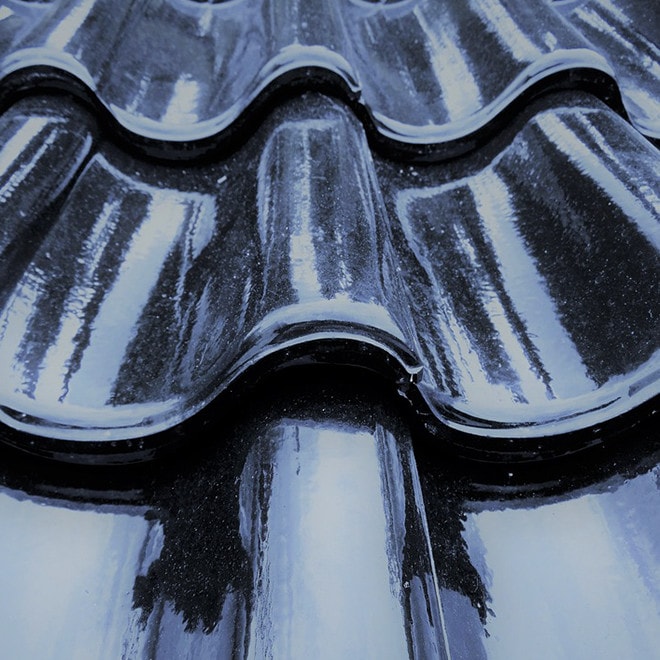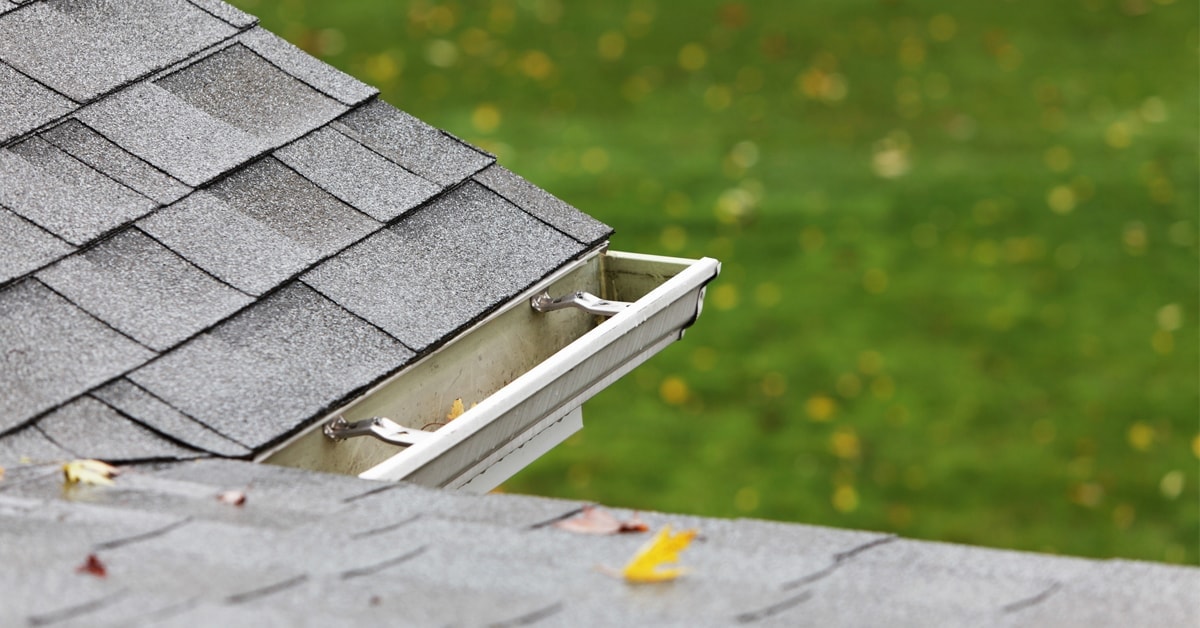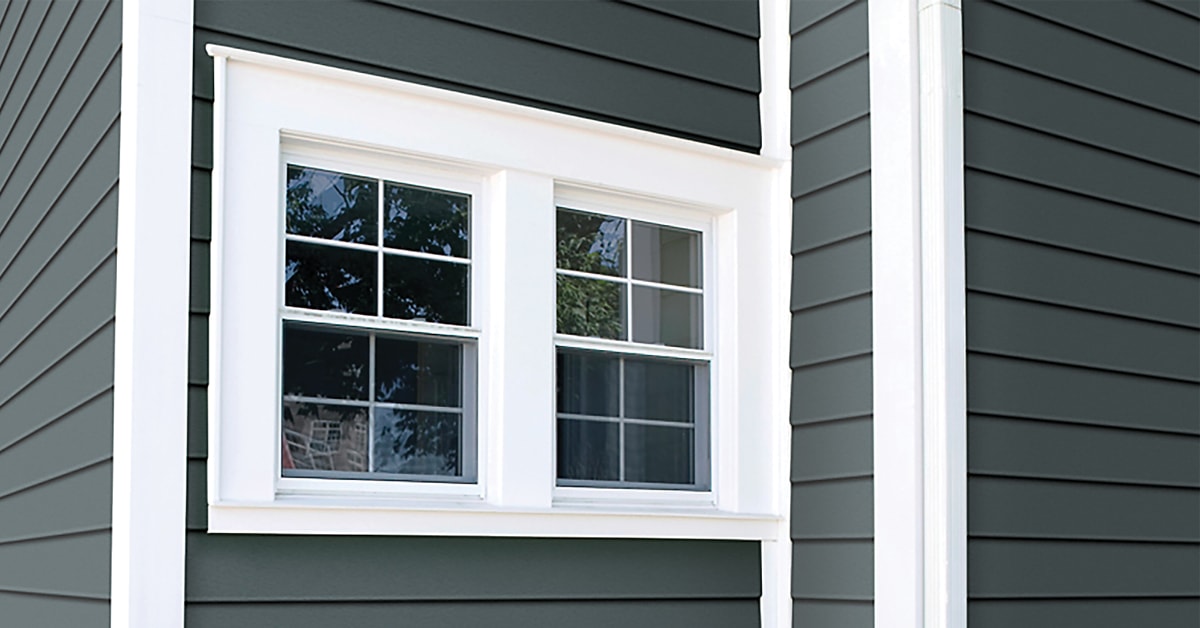Sloping roof coverings

Asphalt shingles
- Consists of a cellular fibre substrate, often recycled paper, impregnated with asphalt and compressed under high pressure.
Benefits:
- Economical and popular
- Requires minimum maintenance
- Easy to install
- More tear-resistant
- Hides imperfections on the roof's deck
- Better at withstanding changes in temperature
Drawback:
- Some models are less resistant to heavy rains and strong winds.
Guarantee/Warranty:
Guaranteed for 20 to 40 years according to the model
Types:
Several types are available:
- Three-tab shingles
- Architectural shingles
- Laminated shingles
- Starting shingle
- Shingles for peaks and ridges.
Colours:
Up to 16 colours available depending on the brand and manufacturer.

Fibreglass shingles
- As less asphalt is used during manufacturing, they are less expensive.
- The fibreglass mat is surfaced with an asphalt coating, followed by mineral granules.
Benefits:
- Humidity-resistant
- Zero maintenance
- Good durability (more than 50 years)
- They are more heat-resistant and the "feet", or notched ends, are less likely to lift than asphalt shingles
- Less expensive than asphalt shingles.
- Resists winds up to 115 km/hr
Colours:
Up to 16 colours available depending on the brand and manufacturer.

Cedar shingles
There are two kinds of wood shingles available:
- Cedar (the most widespread)
- Pressure-treated wood
Different finishes:
- Natural
- Pre-stained
- Pre-aged
The weathered look of pre-aged shingles adds old-world charm to a home, something many home owners are looking for.
Benefits:
- Attractive and natural
- Rot-proof
- Naturally insect-resistant
- More common in warmer climate zones
- Extra-A Grade used for roofing
- You can use an oil to whiten or age the cedar
- Can be factory-stained.
Drawbacks:
- High installation costs
- Require periodic maintenance
- Flammable material
- Expensive
Guarantee/Warranty:
Guaranteed 30 years.
Types:
Available in many shapes: Rectangular, Round, Diamond, Hexagonal
Colours:
Natural: Grey, White, Sand, Beige, Red
Stained colour: Blue, Red, Green, Light blue

Metal tiles
- Made chiefly of steel sheeting (galvanized or stainless), copper sheeting and tiles.
- The cost of a steel roof varies according to the sheet profile, paint used, and shape of the roof.
Benefits:
- Very good durability (more than 100 years)
- Does not rust
- Available in steel, galvanized steel, titanium, galvalume, copper, or aluminum
Drawbacks:
- Must be installed by roofing specialists
- Expensive
Guarantee/Warranty:
Guaranteed 50 years.
Types:
- Sheets with standing seams
- Roofing panels without screws
- Sheets with rods.
Shapes:
- Rectangular
- Square
- Diamond-shaped
- Can be embossed or stamped with the design of your choice (e.g., fleur de lys)
- Some products imitate slate, shingles, clay roof tiles.
Colours:
Blue, Red, Silver

Galvanized steel
- Galvanization protects the metal against corrosion over several decades.
- There are various processes: galvalume, zinc protection.
- Available in large sheets or tiles.
Benefits:
- Good durability (approx. 50 years)
- Corrosion-resistant
- Does not crack, split or break
- Lightweight
- Zero maintenance.
Guarantee/Warranty:
40-year Limited Warranty.
Colours:
Many colours available (e.g., blue, red, grey, green)

Plastic tiles
- Imitates the appearance of slate, but it's a lot less expensive and less fragile during installation.
- Installation is fairly simple, and an underlayment is not required.
Benefits:
- Extremely resistant to wind
- Does not ripple
- Resistant to temperature extremes
- Water, damp and mould-resistant
- Lightweight and easy to install.
Drawback:
- Original colour may fade over time
Guarantee/Warranty:
Limited Life Warranty
Colours:
Imitates slate, cedar shingles, clay tiles
Many colours available

Concrete tiles
Most tiles are installed using a specifically designed system of fasteners. The fastener is attached to the roof and not the tile directly.
Benefits:
- Attractive
- Very resistant to changes in temperature, rain, hail, fire
- Although appropriate for northern climates, it's not common
- Extremely durable (100 years)
Drawback:
- Roof structure of an existing house may need reinforcing due to increased weight.
Guarantee/Warranty:
Guaranteed for approximately 50 years.
Types:
Manufactured using a mould, which makes it possible to create various sizes and shapes of tiles.
Colours:
Many colours available.

















